
Review on 🖥️ SAMSUNG Odyssey G7 Monitor 32 Inch: Ultra-HD 2560X1440P, 120Hz, High Dynamic Range, Curved, LC32G75TQSNXZA by Jonathan Foreman

Lots of misinformation about this monitor; it's better than the reviews lead you to believe
Mine will ship with v1011 firmware, no later than August 2021. Reviews and information on the monitor suggest that older firmware may perform better in some contexts, so I was a bit nervous at first. Here are the facts. Yes, certain test patterns have "scan lines" visible on the monitor. You have probably seen links to a Lagom or a specific page on the ASUS website. This is a pixel inversion problem and to some extent every LCD monitor has some sort of test pattern that causes visible unwanted changes to the displayed image. This issue does not appear in real content. Getting frustrated by these artifacts is completely pointless unless you spend a significant chunk of your time lazily surfing, or specifically on that one ASUS site. It's much less common for people to say that in addition to the "scanlines" you might see in those particular test patterns, there's a minor "scanline" artifact that can appear when displaying certain colors, particularly large portions of them . This may be noticeable to an artist working on a still image, but hardly noticeable in real content. This is an artifact of a panel being pushed to its absolute physical limits. Artifacts like this appear when there is a lot of current flowing through the panel - anyone who has used the Valve Index has likely noticed these "scan lines" in certain situations. Again, this is barely noticeable in real-world content, but I can't say it's completely unnoticed like the pixel inversion issue above. visible sudden gamma shifts or "screen flickering" when the frame rate changes. For those who are extremely sensitive to jitter, it has been found that this makes VRR "not so smooth" that no one can articulate it. I _believe_ what happens here is that the method is used to internally double or triple the input update rate to the maximum possible while staying below 240Hz. This can cause a delay when a new frame is ready to be displayed before the double or triple image is scanned onto the panel. In theory, this could have a maximum jitter penalty of 4.166ms (1 second divided by the refresh rate, 240Hz), but in practice we can assume that on average it will be half that value, 2.083, as there is no way to predict that a new frame is ready at the start or end of the double/triple update scan. I'd argue that the jitter that VRR control can introduce is real, but as someone who isn't particularly sensitive to it, I don't care. It often melts and goes unnoticed alongside other performance issues that may arise in-game, resulting in an engine stall that is longer than the average potential jitter period with VRR control enabled. You cannot adjust the pixel overload setting when Adaptive Sync and VRR Control are enabled. However, when it's on it's well-tuned, making low refresh rates feel as smooth as possible, with no high overshoots or ghosting. I'm not sure if they achieved this with an actual variable overload mechanism (as you can see by default on any monitor with the gsync engine) or with internal conversions of the input refresh to the monitor's max refresh. Definitely looks great. The curve can be strange at times, but disappears in most real materials. Notable exceptions might be side-scrolling or 2D games, where hard straight lines are more easily perceived than curved. Personally, I'd rather have no curve, but that's a slight downside for how good everything else on the monitor is. the feature included for this on this monitor is rubbish and should not be used), but if your primary use case is professional image editing or playing 2D games, you may find that some elements of the panel's performance and curve are not appropriate . or it takes too long to get used to the good feeling of the purchase. For everyone else it's fine and I consider it the definitive upgrade from previous monitors I've bought (Viewsonic XG2431, Viewsonic XG270, ASUS PG279Q) for non-flash gaming. The added VA contrast, combined with a pixel response time that's generally faster than today's fastest IPS panels, looks fantastic. Model Purchased: Samsung 27"G7. Be sure to filter your reviews by the specific model you want information on so you can have a clearer picture of the specific item you are considering as the Reviews on the store page cover all available options, including other sizes or models that take full advantage of other panels.
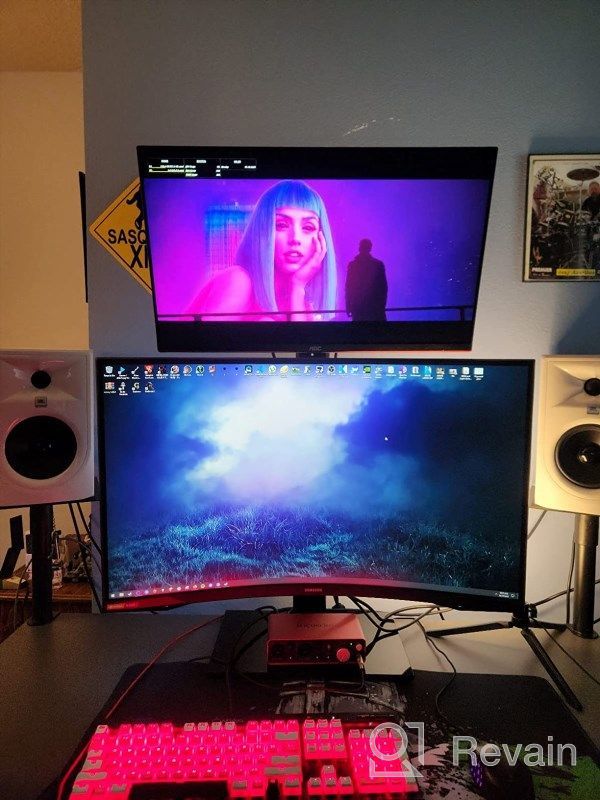
- FAST 240Hz REFRESH RATE. Never before have the top spots on the leaderboards looked and felt so fluid. Thanks to the Odyssey's high refresh rate of 240 Hz, four times more images are displayed per second than on a conventional screen.
- So-so
New products
Comments (0)
Similar reviews
Top products in 🖥 Monitors

🖥️ Revolutionize Your Interface with Planar PXL2230MW 22 Inch 16 Touchscreen

97 Review

Dell SE2416HX Screen LED Lit Monitor 23.8", 1920X1080P, HDMI

93 Review
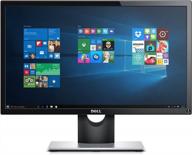
Dell SE2216HV LED 💻 Monitor with 60Hz Refresh Rate

101 Review
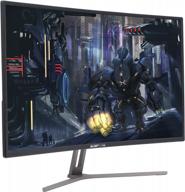
Sceptre C325B-144R: Advanced FreeSync HD Display with Wall Mounting and Tilt Adjustment

94 Review
Another interesting products
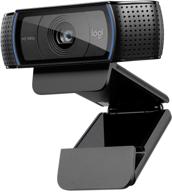
💻 Get Amazing Video Quality with Logitech HD Pro Webcam C920 (Discontinued Edition)

83 Review

🎥 Logitech C270 Webcam: Crystal Clear Video and Superior Quality

183 Review
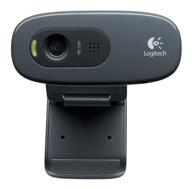
Logitech HD Webcam C270: Crisp 720p Widescreen Video Calling & Recording (960-000694), Lightweight and Portable at 3.15 lb.

192 Review

Renewed Logitech G PRO X Wireless Lightspeed Gaming Headset with Blue VO!CE Mic Filter for Immersive Gaming Experience

122 Review

